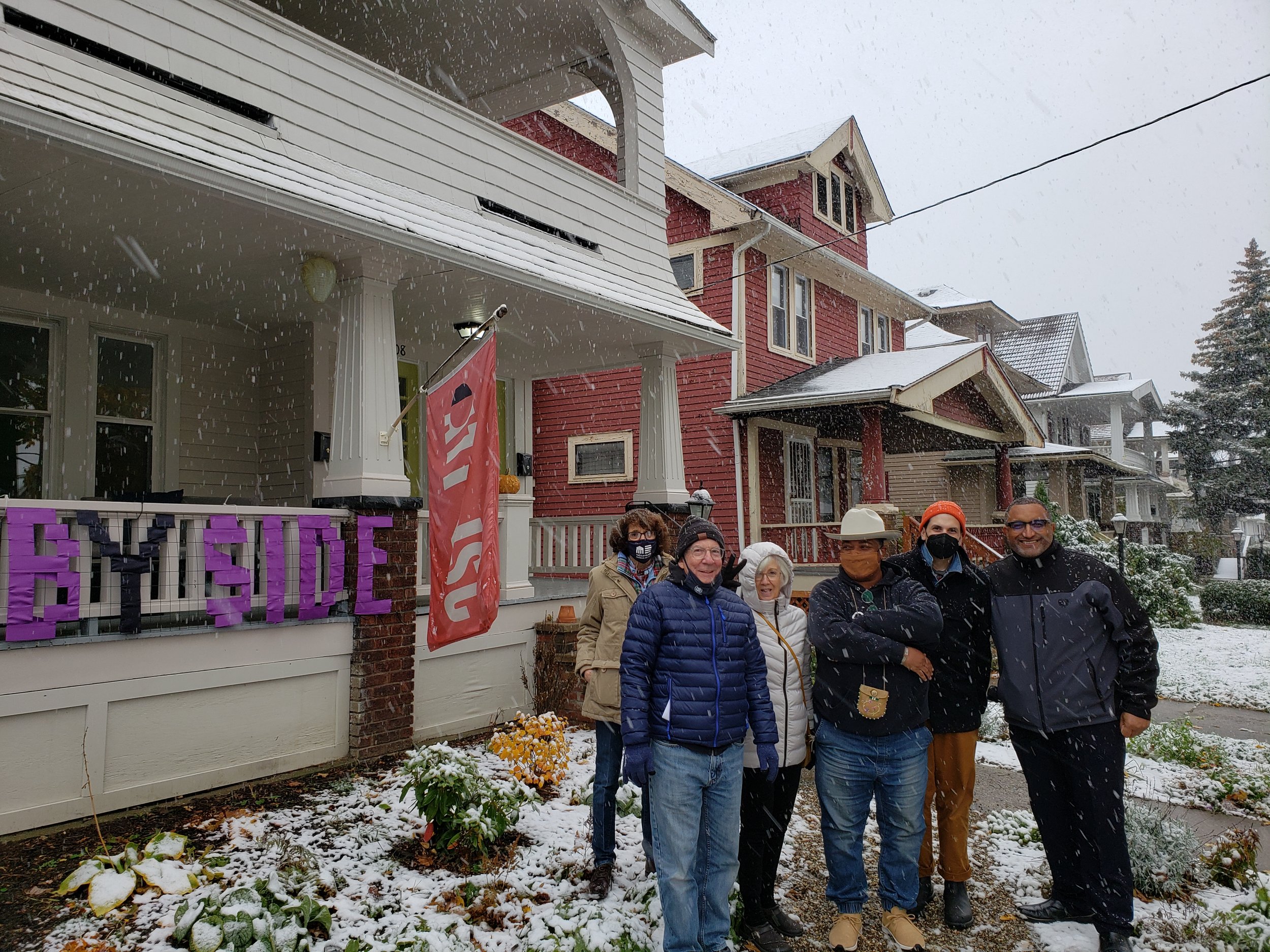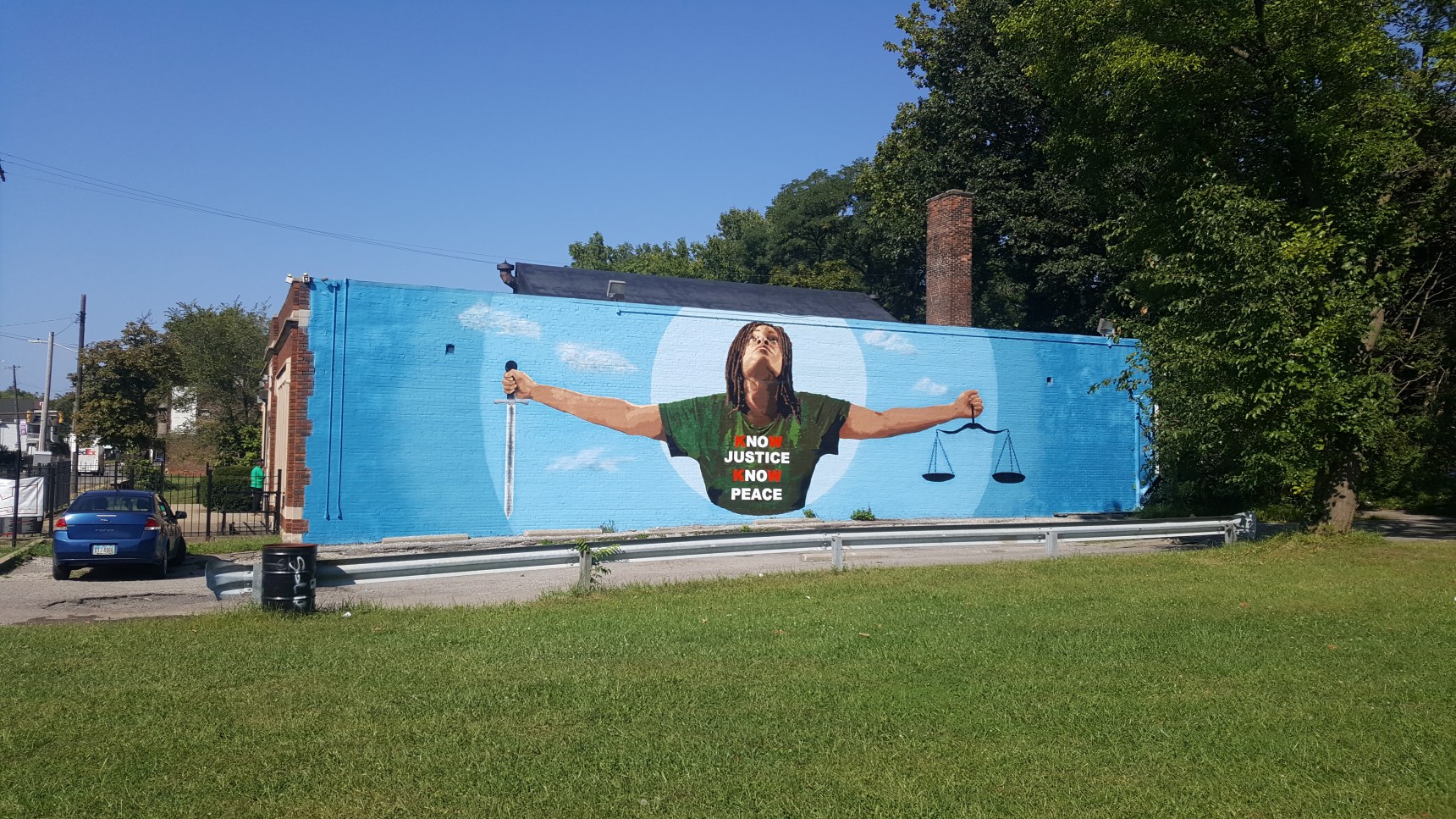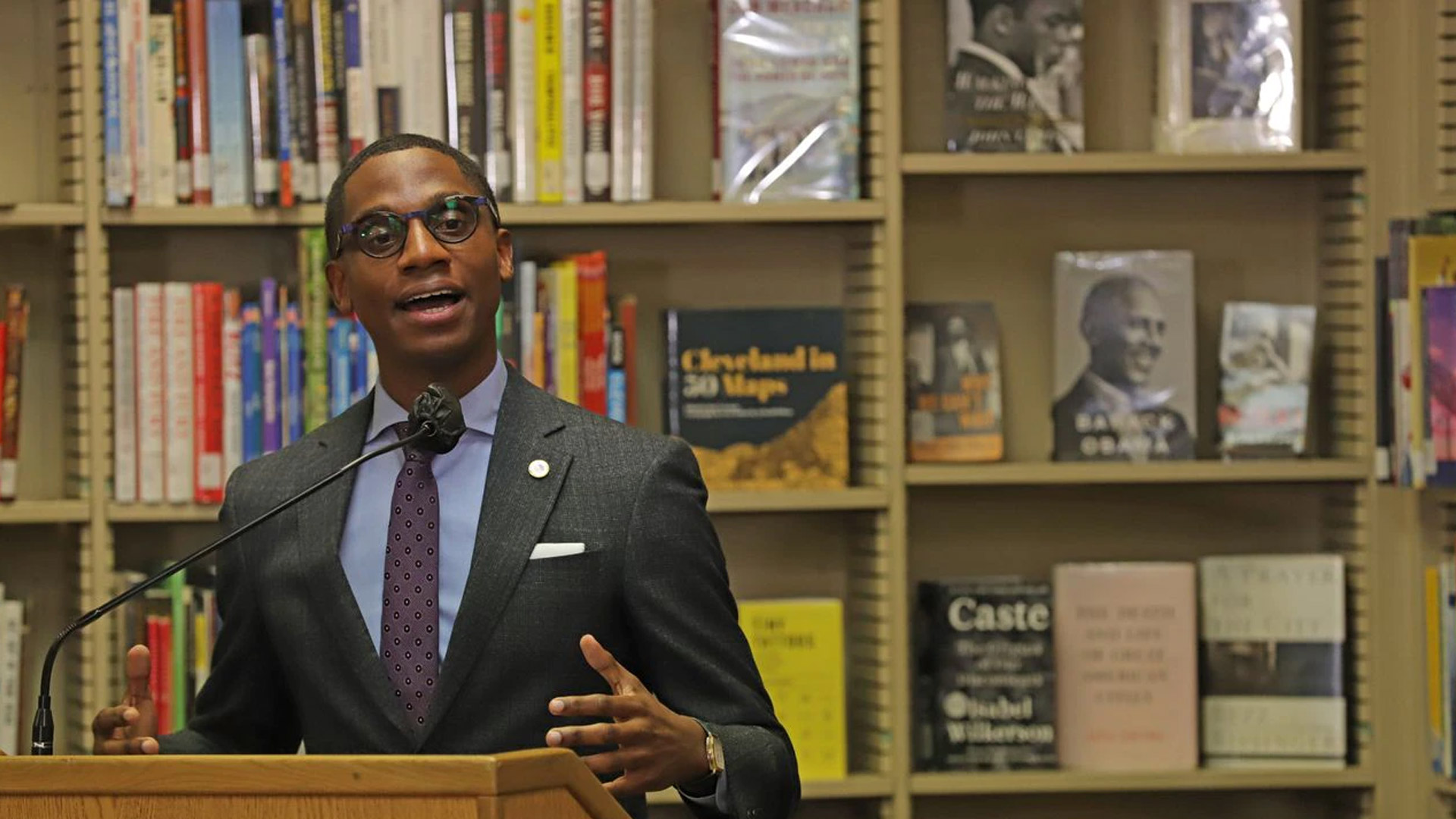Foundation Support
Foundation Support
Another option for funding is through foundations. Some foundations do make grants directly to individual artists; however, that funding is usually strictly regulated. When researching foundations that fund artists directly it is a good idea to become familiar with any and all restrictions that may exist before submitting a proposal. Foundation support may be the most difficult funding for an artist to receive. There are some cases however where it does make sense to approach a foundation for a specific project, or a series of activities you are trying to fund.
In addition to providing funding, foundations can also provide valuable networking information to artists and organizations. Foundation Center is considered “the leading source of information about philanthropy worldwide.” Their Cleveland library offers a diverse selection of free and minimal-cost programs and resources. The center offers funding, training and education for both individuals and organizations while it also “maintains the most comprehensive database on U.S. and, increasingly, global grant makers and their grants.” Whether visiting the center in person or online, you will find a wealth of information for specific needs or ongoing research:
Foundation Center's GrantSpace Knowledge Base
- Where can I find grants for individual artists?
- Where can I find grants for film or videomakers?
- Where can I find grants for musicians?
- Where can I find grants for performing artists?
- Where can I find grants as a visual artist?
- Where can I find grants for writers?
- What is an artist’s statement? Where can I find samples?
Foundation Support
While this list is not exhaustive, you can start your search by looking at a few foundations and private organizations currently funding artists directly:
- Creative Capital is a privately funded nonprofit organization that provides financial support to artists of all disciplines.
- The Pollock Krasner Foundation was started by artist Lee Krasner, widow of Jackson Pollock to support the efforts of visual artists. The foundation provides funds based on artistic merit of work and financial need of the artist.
- The Puffin Foundation provides “grants to artists and art organizations that are often excluded from mainstream opportunities due to their race, gender, or social philosophy.”
Support from Friends and Family
Support from Friends and Family
As Dorothy so aptly noted in the Wizard of OZ, “there’s no place like home.” The same is true when considering how to begin your search for finding investors interested in supporting your artwork. Family and friends are a great place to start as you think about what strategies you may use to pitch your ideas or concepts and create new leads for funding. The same people who have supported your growth as an artist may in fact be your first financial backers. Gaining this support will help you make the case to outside funders that you have a core group of individuals interested and willing to invest in your work. Start with those you trust and are most comfortable approaching. Test persuasive ways to invite family and close friends to become investors. Ask them for feedback on your approach. Solicit their opinions on your most compelling arguments for investment. This strategy will also be helpful as you refine your “ask” and move on to seek funding from other private and public lenders or foundations. The way you design your pitch is up to you and should take into account the comfort level of all involved. Other than that, be creative, have fun and set a realistic goal.
Remember as well, that while not everyone will be able or willing to donate cash to your project, there may be other ways for them to contribute. Discuss bartering or “in-kind” donations of goods or services. In-kind donations could include volunteering time at an event, use of space, reviewing documents or any other host of services that could be useful in your work.
As this type of request can be sensitive for some, there are tools that you can take advantage of that can give you a more organized approach such as crowdfunding sites like Kickstarter or IndieGoGo.
Individual Loans
Individual Loans
Once you have determined the total income you’ve invested in your work, project or business, consider individual loans that may be available to you for future projects or the creation of new works. Loans are a good way to access a large amount of funding at one time for projects that are large and/or expensive. While you will incur a monthly expense to repay the loan, it is still a good way to achieve a funding goal without investing a lot of time in the process.
Be mindful and realistically determine how large a loan payment your personal budget can sustain, and for what period of time, before pursuing this option.
Once you have made the decision to apply for a personal loan, research the loans available to suit your needs. There are a number of organizations that offer loans and support for artists and small businesses through the City of Cleveland. If you are looking for space, are improving a storefront or home, or investing in your community in some other way, talk to your community development corporation (CDC), the development department of your municipality or NHS of Greater Cleveland. These organizations may know of options available for small, low-interest loans. Search through the loans listings and service organizations for more information and additional help with obtaining a loan.
You may also want to contact a bank where you currently do business, and discuss your options with a loan officer. Research the various types of loans offered to determine the best interest rate you may be able to secure.
Credit unions are also a good place to look for loans since often their rates are more competitive than those of the larger banks. In Cuyahoga County, NoteWorthy Federal Credit Union is a unique credit union that specifically serves “the arts and entertainment community.” In addition, NoteWorthy offers “services specially designed to meet the unique professional and personal needs of artists. From competitive checking and savings accounts to low-interest credit cards and Creative Arts Project (CAP) loans, NoteWorthy provides a range of artist-friendly tools that other financial institutions don’t.”
Whatever your preference, be sure to research your options before pursuing a personal loan to make sure it is the right fit for your lifestyle and needs.
Where to Start
Where to Start
The best strategy is to start by creating a budget and determining how much funding you need to create your work or proceed with your project . Build in any costs for research, marketing or distributing your work, website design and maintenance, or any other costs specifically associated with your project. Visit the Guide to Managing Your Money for additional information on budgeting. Once you determine your budget and have a realistic sense of what you need, there are several kinds of funding you can pursue. Most often, you will use a combination of sources to obtain the funding necessary for you to complete your work. Given that the nature of every artist’s work is inherently unique, we have provided a tool box of funding sources that you may use to develop an overall funding strategy.
Your funding strategy should have clear goals and objectives. Be thoughtful in your approach; understand why you need the funds and how you will use them. Consider which options are most closely aligned with your needs. A common way to start thinking about financing any venture is in steps. Start with yourself. Record the total expenses related to the work and calculate how much additional income you can contribute. Other funders will be more likely to trust your judgment and support the project if you have committed your own assets as well. Next, if you have the option, ask your circle of family and friends to invest. There are tools and tactful ways to approach these individuals without the worry of altering a close relationship or creating an awkward family situation. This strategy is described in greater detail later on in this guide. With some initial backing, an investor or funder will be more willing to contribute to your work.
You will still need to work hard and be strategic in your funding approach as you begin to wade into the pool of individuals, organizations and businesses fighting for funds. With your hard work and a clear strategy, you can achieve your funding goals and see your creative vision come to life.
Crowdfunding
Crowdfunding
Simply put, crowdfunding is “fundraising that relies on social media and the internet to raise small amounts of capital from large numbers of individuals.”
The great advantage of this tool is that not only can you reach out to a small number of individuals that you know personally; you can also expand your reach to anyone on the web. The online funding platform offers a mechanism for accepting cash donations to your project immediately onsite. Crowdfunding is a good way to garner a large segment of interest for a specific project or a series of projects that may be cost-prohibitive for artists to try to fund alone. It is also a great way to connect with other artists and to create a new group of individual supporters for your work.
Each crowdfunding platform is a little different. There are both discipline-specific and general crowdfunding sites that offer innovative ways to address the funding needs of artists. Before you decide to post your project for funding, do some research on the site and become familiar with any restrictions and/or guidelines that exist. Make sure you understand how their funding platform works and what your obligation to funders will be if your project is funded fully. Some sites offer partial funding and others will not pay artists at all unless the total amount of the funding goal is reached, so set your funding amount accordingly. It is also good practice to follow a few projects currently posted on the site. By following projects posted you will be able to observe first-hand how successful each project was in terms of reaching supporters and meeting stated financial goals. You can also gain a lot of knowledge from other projects listed and described, which can go a long way to help you craft and post your own successful project idea or concept.
While more are listed in our directory, there are a few leading sites to consider as you begin research:
- Artistshare (music)
- Feed the Muse
- IndieGoGo
- KickStarter
- Openfilm (film)
As you design your project page you will be asked to post a description of the project. Include details about the work, your passion for the work or any other pertinent persuasive information to help pitch your idea. Remember that not everyone will be familiar with you or your artwork so it is important to be descriptive, clear and engaging.
You may also be asked to offer goods or services to potential investors as rewards for making a donation at various levels to your specific project. These may include being listed as an investor on the website or in film credits, receiving a signed poster or t-shirt from an event, receiving copies of a DVD or another memorable item from a production like a signed photo or still. Think about ways to benefit both the investor and your work as you determine the most appropriate take away for the support of your project. Whatever you choose to share it should be related to the project in a significant way and serve as a “thank you” to the investors and sponsors supporting your work at each level of contribution.
Once you have posted your project, build a strategy for getting the word out and nudging your contacts to contribute. As mentioned above, start with your inner network of friends and family, and move outward. Remember to ask for a donation and share the details of the project with others. Be creative and tactful about sending reminders or updates, and use social media to its fullest advantage. Showcase your personality and creative ideas. Post links and updates on your funding goal, the names of new donors, and/or photos on your Facebook page or other site to keep interest in your project during the time it is posted.
Integrate crowdfunding into your overall funding strategy. Use the number of investors and amounts they offered as leverage for additional grants or loans. Frame your pitch for those who are unfamiliar with the platform. Share information on investors who have supported you, committed to your idea and offered financial support for your project.
Cleveland artists seek lifeline in Covid relief money
Source: The Land
Abstract:
March 2020: The world came to a juddering halt.
While many of us found ways to reorient our lives by summer, making an office out of the living room or trading in our corporate uniforms for delivery driver tags, the creative sector stood upon the precipice of loss and wept. And now, as the world is finally trying to get moving again, Cleveland artists have a chance to breathe life back into the city.
The cost? With just a thin slice of the city’s federal rescue plan, the arts community could get the jump start it needs, says one local group.
“It’s a whole array of creative workers who make up a collective $2.9 billion industry in Northeast Ohio,” said Jeremy Johnson, CEO of Assembly for the Arts. “We believe the artists deserve a piece of the Covid-related pie.”
Workbench Series Archive
View materials and watch videos of 2022 WorkBench Sessions.
Workbench Sessions | 2022 Schedule |
|||
Session |
Partner |
Date |
Link |
| Capitalization for Grantmakers and Nonprofits | GIA | January 11 | learn |
| Accessibility Opportunity: Arts + Culture Partnership + Shared Virtual Communities | Cuyahoga County Board of Developmental Disabilities | January 20 | view recipients |
| Healthcare is not a Privilege | The MetroHealth System | March 10 | view resources |
| Fiscal Sponsorship 101 | April 14 | watch | |
| Business Basics for Creatives | SCORE Cleveland | May 4 | watch |
| Marketing Basics for Creatives | SCORE Cleveland | May 18 | watch |
| Community CORE: The Superhero Project | Lisa Kollins | July 21 | watch |
| Legal Help Needed: Better Call VLA and Legal Aid | Volunteer Lawyers for the Arts; Legal Aid | August 11 | learn more |
| A Conversation with W.A.G.E. | W.A.G.E. | November 3 | WAGENCY |
Context
In learning from Cleveland’s arts and culture communities, Assembly has seen the need for practical support, professional development and connections rise to the top as priorities for creative workers – from financial sustainability, accounting and health insurance to accessibility, equity practices and legal assistance.
Assembly worked in partnership with The George Gund Foundation and Grantmakers in the Arts to host an initial workshop focused on financial resiliency and capitalization for both grantmakers and nonprofit organizations.
With that and the observed priorities for creative workers, Assembly has devised Workbench Sessions: Useable Tools for Creative Workers
Who benefits?
The ultimate goal of this program is to boost the professional bandwidth and resiliency of our area creative workers and, in turn, grow the effectiveness of greater Cleveland’s arts and culture sector and creative industries. Stronger arts and culture means thriving residents, vibrant and safer neighborhoods, more effective education and community well-being.
Additionally, the financial impact of COVID on artists and arts groups has been well documented. But even prior to the pandemic, small- and medium-budget nonprofits lacked sufficient financial cushions to do long range planning, weather unexpected emergencies, or beef up for expansion. Assembly is well-positioned to provide support and resources to our creative communities that address these issues.
By hosting this series of programs, Assembly for the Arts will gain more insight into future programming and uncover areas of deep need for the arts community.
Financial Sustainability for Creatives
While the overall Workbench Sessions are intended to address the needs of the full creative community, a specialized, separate track of entrepreneurship coaching will be offered for small to mid-size organizations, artists and small creative businesses. Participation will prioritize BIPOC communities, BIPOC-led organizations, and organizations devoted to development equitable business practices. This work is supported by Huntington Bank’s Entrepreneur In Residence program.

Community Core Sessions
Assembly recognizes that there are hundreds of untapped experts in our arts communities who are living, working and waiting to share their knowledge. That’s why we’re excited to launch Workbench: Community Core. An extension of the Workbench Sessions, Community Core feature arts community presented topics and conversations. We see the value in creating a flexible, community-centered space and platform for our local artists, business owners, nonprofit professionals and entrepreneurs to Teach, Connect and Provide their knowledge to the public using the virtual webinar format.
Topics can be
- Knowledge-based; rooted in your expertise as part of the arts community and supportive to others
- Collaborative in style, seeking the feedback of the community
- Broad-reaching and beneficial for anyone in the arts community
Topics cannot be
- Partisan political presentations or lobbying efforts
- A sales pitch or event promotion
- A lecture on a personal viewpoint
Submit your idea now!
All Community Core presentations will be hosted on Assembly’s Zoom platform, supported by staff and promoted in our communications channels. Our regular Workbench Series will continue, with Community Core as a supplement depending on community interest and appetite.
Artists for ARPA: Just Two Percent
Source: CAN Journal
Abstract:
For decades, the City of Cleveland, has had a scarce commitment to the support of the arts and cultural sector. In particular, the creative workforce—the individual people who actually do the creating– has been exceedingly undervalued. Those are people hit hard by the COVID crisis. Currently the arts sector, coordinated by Assembly for the Arts, is asking Cleveland City Council to approve Mayor Justin Bibb’s recommendation that $10 million dollars of American Rescue Plan Act funds be invested in the arts, including the creative workforce. That is two (2) cents out of each of the $511 million that Cleveland has to spend. Two percent.
Nathalie Bermudez
Nathalie Bermudez
An artist and fellow neighbor in Clark-Fulton, Stockyards and portions of Brooklyn Centre, and Tremont.
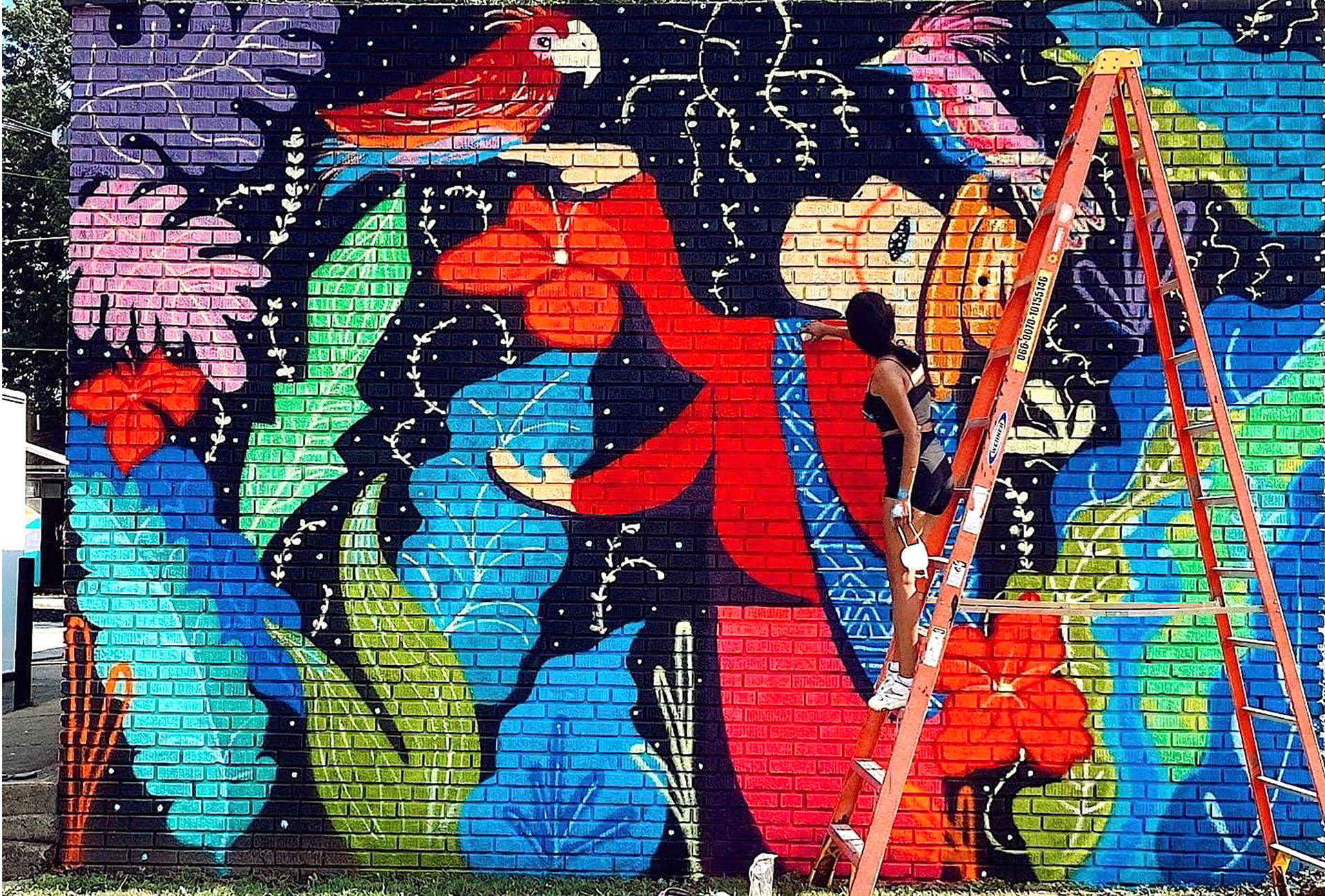
Follow the artist
Two Cents for Arts & Culture
Commit 2% of the $500 million+ Cleveland is receiving in federal ARPA funds to Arts & Culture!
Covid has hit the creative sector hard. An ARPA investment of $10 million helps protect and brings jobs to EVERY neighborhood. We are creative businesses. We are cultural nonprofits. We are individual artists and so much more. We remain anchors for neighborhoods all over the city. ARPA funds will protect one of our greatest assets that is central to Cleveland’s economy and identity.
Artists for ARPA
Led by creative people, for creative people, we’ve created 18 unique and vibrant postcards, featuring artists of all disciplines in all 17 Cleveland City Wards. Take a look through the art below.
Right now, we have the opportunity to acquire more funding for our Creative Workers. Our city has received $511 million in American Rescue Plan Act (ARPA) funds, a pandemic support program enacted by President Biden. We need your help in asking Cleveland City Council to dedicate $10 million of these dollars to our Creative Workforce. This is only 2% of the ARPA funds Cleveland received – that’s only 2 cents on the dollar!
Let’s flood City Hall with powerful postcard messages! Attend an ARPA Postcard Party on Feb 24 or March 3 and Tweet + Email your City Council Member today.
We’re making progress
Recently, Mayor Bibb included a recommendation in his transition report to allocate $10 million to arts and culture. This is an exciting step, but we must help Cleveland City Council understand why their vote in favor of this recommendation is a smart choice. Your voice matters.
Assemble Now
Contact Jasmin Santana in Ward 14
Office Phone Number: 216.664.4238
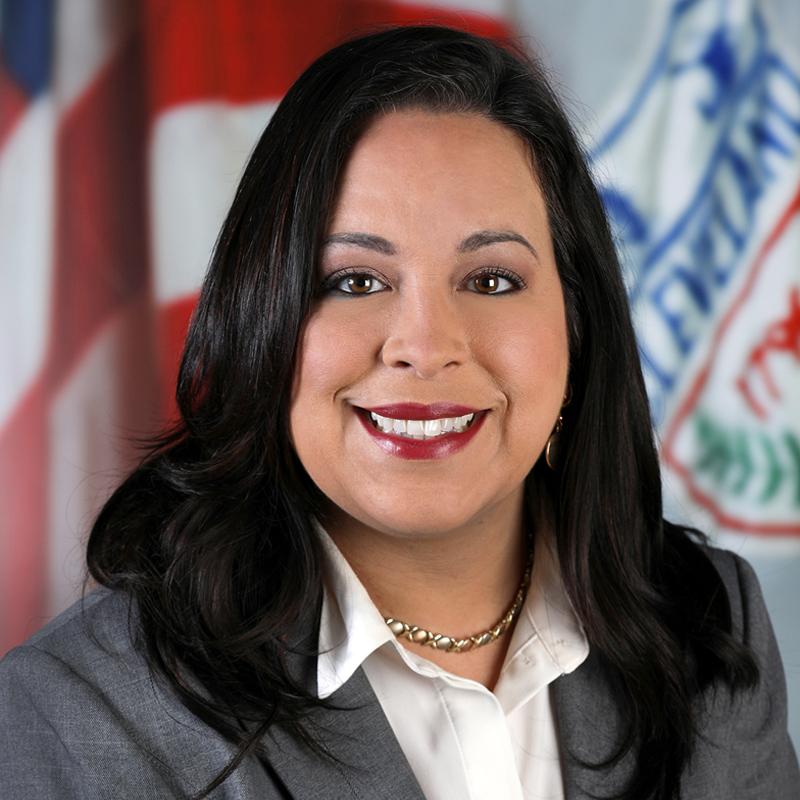
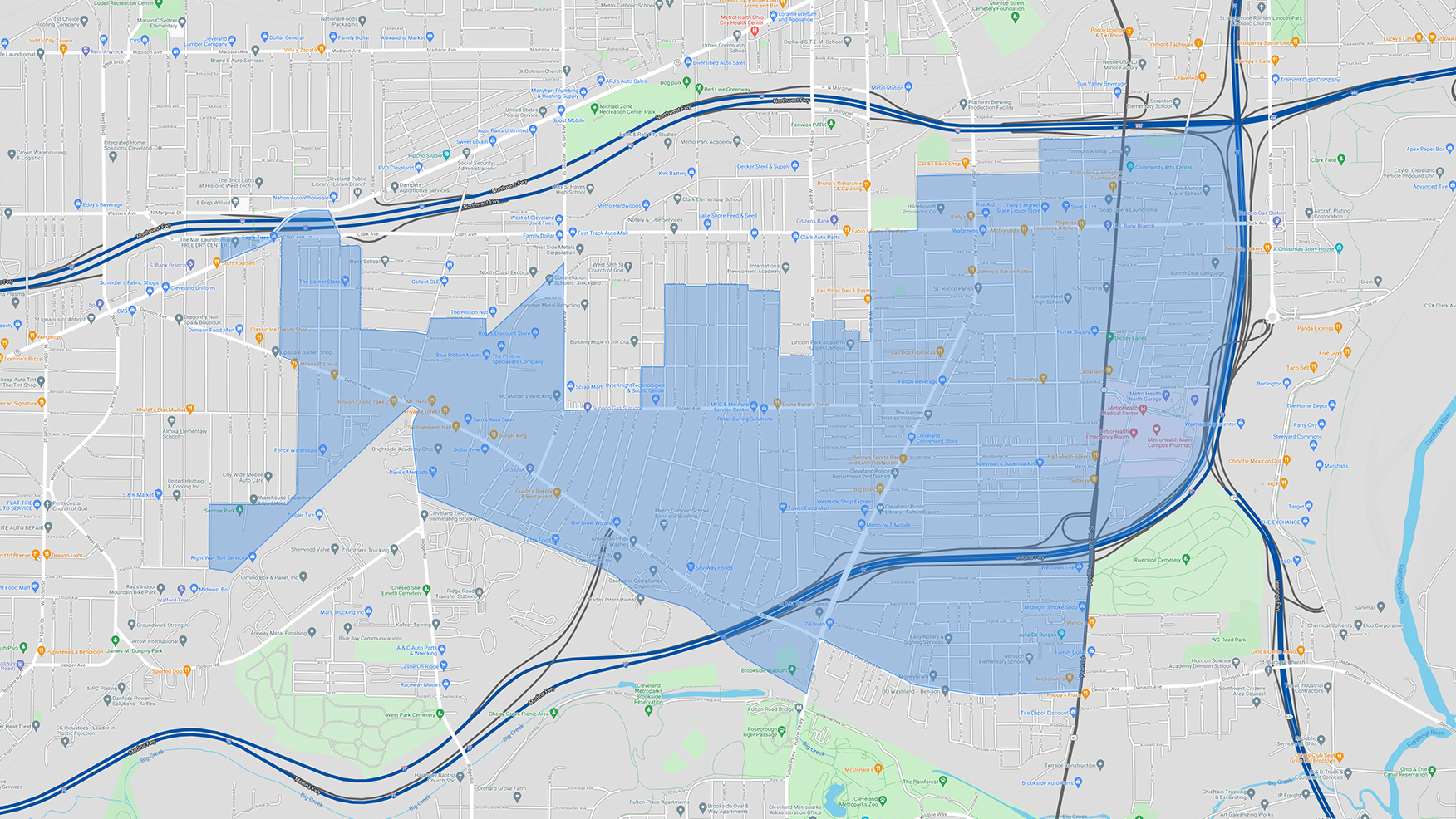
Attend a Postcard Party
Happy Dog, Thursday, February 24, 4:30-6:30
Sankofa Fine Arts, Thursday, March 3, 4:00-6:00
Cleveland Mayor Justin Bibb unveils 85 goals - some big, some small - for first 100 days
Source: Cleveland.com
Excerpt:
Cleveland Mayor Justin Bibb on Monday identified 85 goals for his first 100 days in office – a wide-ranging set of priorities for how the city delivers basic services, addresses public health and safety, and lays the groundwork for some of Bibb’s more ambitious, longer-term plans.
The mayor also unveiled an online tracker, at mayor.clevelandohio.gov, to show the city’s progress toward achieving those goals and to provide a way for residents to hold him accountable to his promises.
Bibb’s priorities were developed off the work of an 80-plus person transition team, comprised of leaders in business, community organizations, non-profits and government, and tasked with identifying early recommendations for Bibb’s new administration.
Deploy $10 Million of ARPA Funding for the Arts in Cleveland Neighborhoods.
Cleveland’s arts and culture sector was critically impacted during the pandemic. The unprecedented financial damage rose to $146 million and impacted 5,000 jobs in Cleveland-area cultural nonprofits alone. Focus funds on local artists and creative neighborhood place-building to uplift and empower residents.


